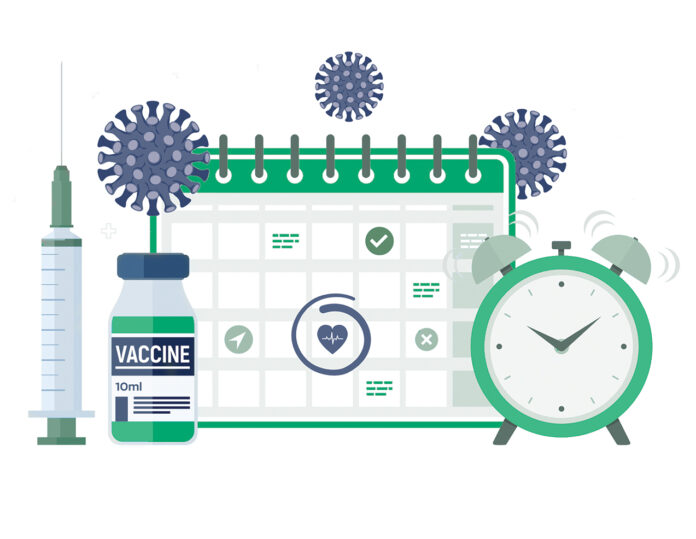In previous years, the Advisory Committee on Immunization Practices (ACIP) recommended annual influenza vaccination for everyone aged 6 months or older with any age-appropriate influenza vaccination available. However, on Thursday June 30, 2022 the Centers for Disease Control and Prevention (CDC) Director Rochelle P. Walensky, M.D., M.P.H. adopted the ACIP’s updated recommendation to preferentially recommend the use of specific flu vaccines for adults aged 65 years and older.1
During the June 2022 meeting, ACIP voted to preferentially recommend the use of one of the following, higher dose flu, recombinant, or adjuvanted flu vaccines over standard-dose unadjuvanted flu vaccines for people aged 65 years and older. The preference applies to Fluzone High-Dose Quadrivalent, Flublok Quadrivalent, and Fluad Quadrivalent flu vaccines. The recommendation was based on a review of the available studies that suggest adjuvanted, recombinant, or high-dose flu vaccines in this age group are more effective than standard dose unadjuvanted flu vaccines. Dr. Walensky’s adoption of the ACIP recommendations makes this official CDC policy, which will be further detailed in an upcoming Morbidity and Mortality Weekly Report in the coming weeks.

Each influenza season varies in severity, however, people aged 65 years and older typically are at higher risk of severe flu disease and account for most influenza-associated hospitalizations and deaths each year.2 It is estimated that between 70 percent and 85 percent of seasonal flu-related deaths have occurred in people aged 65 years and older. Additionally, changes in the immune system with increased aged indicate that older adults do not have as strong an immune response to vaccination as younger people which can result in reduced protection against influenza. Adjuvanted, recombinant, and high-dose flu vaccines are important in this older population to reduce the likelihood of severe outcomes and can be more effective at reducing hospitalization and death compared to standard-dose unadjuvanted flu vaccines.
Recently data has also shown that racial and ethnic health disparities exist in populations that receive a high-dose flu vaccine compared with standard-dose flu vaccines.3 Increasing access to higher dose flu resulting from wider distribution and availability of these vaccines could help reduce these health disparities.
In previous years, CDC has not recommended any one flu vaccine product over another for any age group and there is still no preferential recommendation for individuals younger than 65 years. Everyone aged 6 months through 64 years is still recommended to receive annual influenza vaccination with any age-appropriate flu vaccine available. Additionally, adults aged 65 years and older should try to get one of the three preferentially recommended vaccines, however, if one of these vaccines is not available at the time of administration, individuals in this age group should not miss their opportunity to get vaccinated and should receive a standard-dose flu vaccine instead.
CDC and the Michigan Department of Health and Human Services offer a plethora of resources to educate patients on the importance of annual influenza vaccination. Find out more about these updated recommendations at www.cdc.gov/flu and find resources and more at www.michigan.gov/flu.
REFERENCES
- Centers for Disease Control and Prevention (CDC). (2022) CDC Director Adopts Preference for Specific Flu Vaccines for Seniors. Retrieved from www.cdc.gov/media/releases/2022/s0630-seniors-flu.html.
- CDC (2022). Influenza Adults 65 and Over. Retrieved from https://www.cdc.gov/flu/highrisk/65over.htm.
- Mahmud, S. M., Xu, L., Hall, L. L., Puckrein, G., Thommes, E., Loiacono, M. M., & Chit, A. (2021). Effect of race and ethnicity on influenza vaccine uptake among older US medicare beneficiaries: A record-linkage cohort study. The Lancet Healthy Longevity, 2(3). https://doi.org/10.1016/s2666-7568(20)30074-x.












